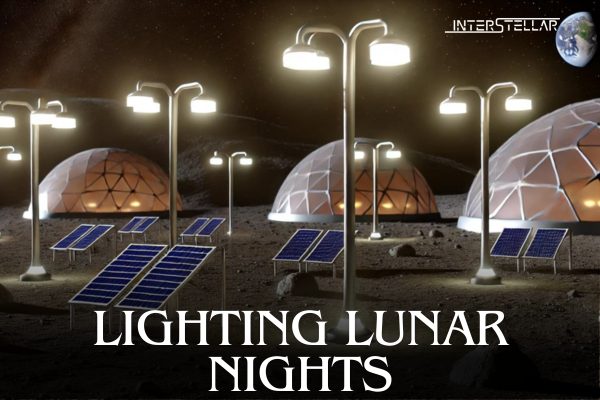Illuminating the Moon: New Solar-Powered Towers Could Light Up Lunar Nights
The Moon could soon become the first extraterrestrial construction zone for humanity, with ambitious plans for permanent settlements, levitating train systems, and innovative nuclear reactors. However, before these developments can take place, the Moon needs a reliable light source.
The Challenge of Lunar Nights
One day on the Moon lasts the equivalent of two Earth weeks, and the freezing lunar nights are equally long. These extended periods of darkness have already caused problems for lunar landers that depend on sunlight for power. As humans prepare to explore the Moon further, these long, dark nights could pose even greater threats.
LUNARSABER: A Solution to the Lunar Night Problem
Honeybee Robotics, a company under Jeff Bezos’ Blue Origin, has proposed a novel solution. The project, known as Lunar Utility Navigation with Advanced Remote Sensing and Autonomous Beaming for Energy Redistribution (LUNARSABER), involves the creation of enormous lunar streetlamps that double as solar-powered batteries. Funded by the US government’s Defense Advanced Research Projects Agency (DARPA), this project aims to support the next era of lunar exploration.
How LUNARSABER Works
Each LUNARSABER lamp would be an impressive 330 feet (100 metres) tall, towering higher than the Statue of Liberty. These massive light poles are designed to store solar energy during the lunar daytime and then illuminate the surrounding area with powerful floodlights during the two-week-long lunar night.
The height of these solar-powered streetlamps is essential for looking over the rims of lunar craters and for elevating up to 1 metric ton of scientific equipment, such as cameras and communication devices, to higher vantage points. The base of each tower would also have power adapters to recharge lunar rovers or other nearby infrastructure. If deployed across the Moon, this network of LUNARSABER towers could serve as the first lunar power grid.
The challenge of erecting such colossal structures on the Moon is being addressed by Honeybee engineers, who have designed an automated system. Each LUNARSABER tower would rise from its base by bending rolled-up metal bands into cylindrical tubes. This method simplifies transportation, as spacecraft would only need to deliver the base, with the tower rolled up inside.
Although still in the early stages of development, LUNARSABER is part of DARPA’s 10-Year Lunar Architecture (LunA-10) Capability Study, which aims to prepare for a new era of lunar exploration. If successful, this project will ensure that the Moon’s future won’t be shrouded in darkness.





